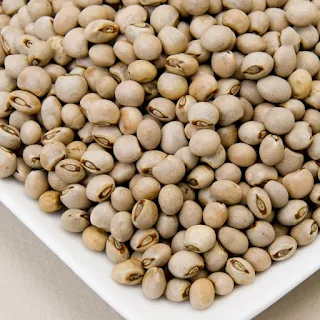PIGEONPEAS CULTIVATION BOOMING IN MOZAMBIQUE
Just over 1 million rural families are involved in the production of pigeonpeas, a culture ofyield booming in the center and north of the country. According to data provided by Benedito Cunguana, a researcher at the Agricultural Research Institute of Mozambique, the number of producers, located at 695 286 in 2002 nearly doubled, as did the cultivated area of 68,814 hectares which increased to 248,929. Other data realize that the evolution of production ended up catapulting the country into the fifth largest producer position, behind India, Myanmar, Malawi and Tanzania and third exporter with a global production that exceeds the one hundred thousand tons annually. According to Rosario Marapusse, USAID project economist for the Business Economic Development, the pigeonpea occupies about 250 hectares equating to peanuts and rice. According to the source, the culture has experienced considerable growth of 8 percent per year, which makes it as important as corn and cassava. Due to the attractive price (per ton cost reached $ 1000 to producers in the last harvest), more and more families are involved, which contributes to the increase in cultivated land per family. The main importer of pigeonpeas is India, which last year alone consumed 60,000 tons, equivalent to 40 million dollars / year. Due to it being available only a processing factory in Gurue, most of the production (95 percent) is exported unprocessed. Marapusse defends the need to introduce incentives for the production of this crop that is a major source of income in rural areas, particularly in Zambezia province, which is the largest producer in the country. Incentives include reducing transportation and logistics costs, investments in access infrastructure markets and investment promotion in the production of improved seed. According to the source, with improved crop seed rises from two to six tons per hectare of pigeon pea will contribute to improving the performance of agriculture and incomes of rural families. This data was made public this week in the context of public consultation on the protection of pigeon bean-processing industry, carried out by the National Federation of Agricultural Associations of Mozambique (FENAGRI). The introduction of variety 0040 pigeonpea developed by the Institute of Agricultural Research of Mozambique (IIAM), under a project funded by the Alliance for a Green Revolution in Africa (AGRA) in just over one million US dollars, It ended up being the main driver of earnings growth that exists today. So, in the rainy season farmers produce their traditional crops such as rice, sweet potato, sorghum, corn,among others and in the dry season undertake the cultivation of pegionpeas. Besides contributing to the improvement of soil quality this new variety of beans has higher yields: five to six tons per hectare, compared with one to two tons achieved with the local variety that was already degenerated. Also the old local variet did not have broad market due to quality problems related to physical appearance and flavor while the 0040 has the market in Asia and can also be marketed locally.



